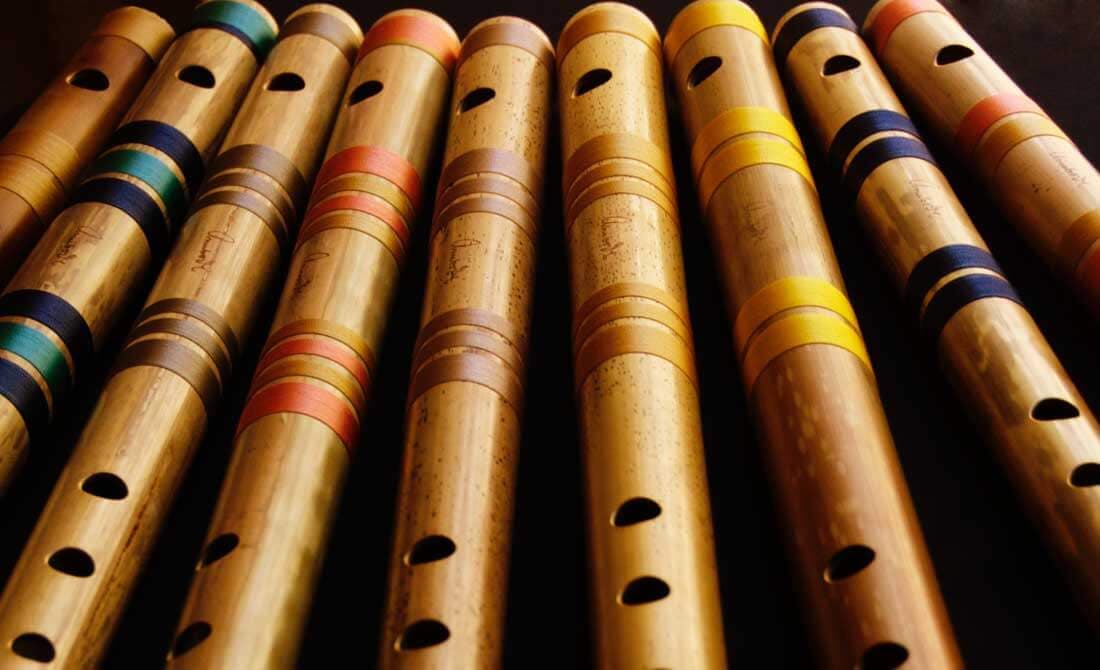I've been learning the Bansuri since I was eight, and have been fascinated with it ever since. Initially, I didn’t know much about it, other than that it was fun to play, and created beautiful melodies. As I grew older, I became super interested in everything related to it, and started researching about it. This is my first blog post about my venture into the world of Bansuri.
The Bansuri, a variant of the flute, is an ancient Hindustani classical instrument made of bamboo. Its name originates from two Sanskrit words बाँस (baans), meaning bamboo, and सुर (sur), meaning melody. The bansuri was mentioned in the Vedas and depicted in Hindu, Jain, and Buddhist art dating over 2000 years. Originated in Northeast India, the bansuri was played mostly by shepherds and travelling musicians. It is often associated with the Hindu god Krishna as his divine instrument, and is played in numerous styles of music, including folk songs and classical music, in compositions known as ragas. Until the 20th century, the Bansuri was regarded as a purely ornamental instrument, until Pandit Pannalal Ghosh increased its popularity, and introduced variants of the bansuri longer than 30 inches, as well as creating eight holed flutes, to play Teevra Ma (sharp ma) in a lower octave.

In conclusion, the bansuri is a beautiful and versatile instrument that has been an integral part of Indian culture for millenia. Its beautiful, ethereal sound continues to captivate audiences and inspire musicians around the world, and it remains an important part of the rich musical tradition of India. I'm eager to preserve the tradition of playing the bansuri.